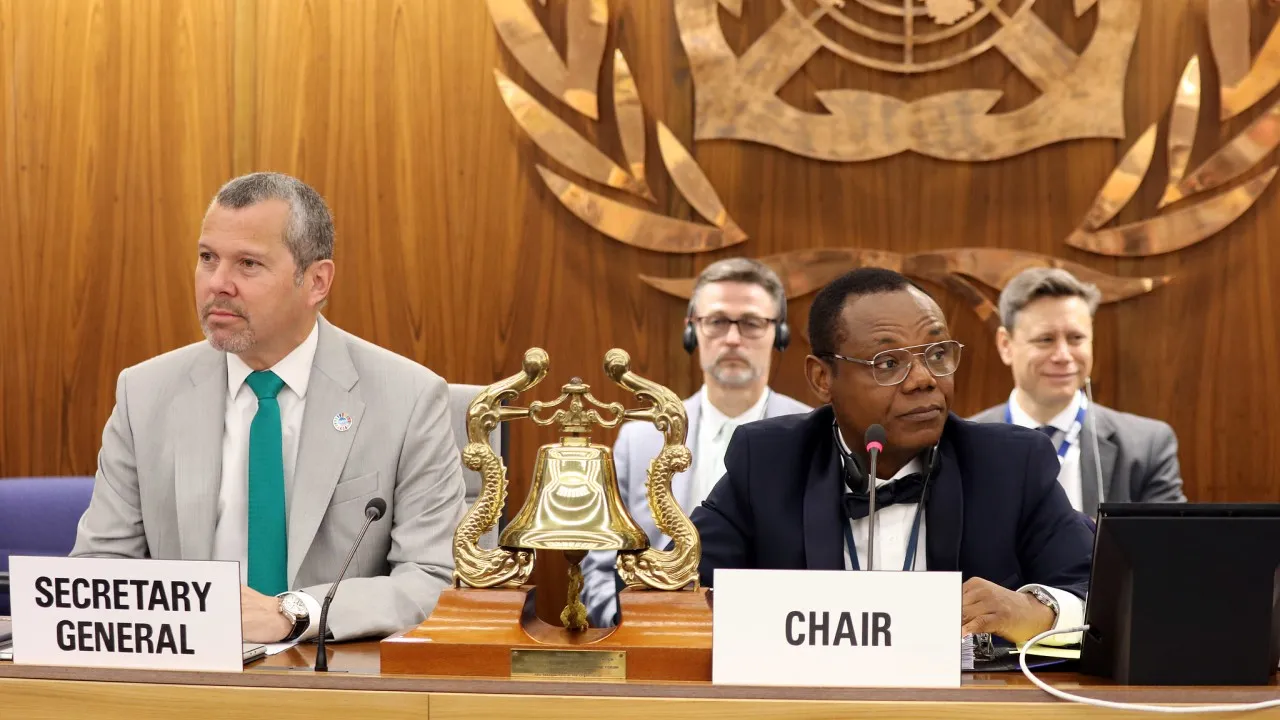Splash247: Electricity blackouts are a blessing for shipping
Pierre Aury provides readers with a history of electricity generation and why the push for renewables could still be a net positive for shipping.
Shipping’s been carrying growing volumes of fossil fuels for a longer period of time than anticipated.
In the late 19th century, Thomas Edison and Nikola Tesla were locked in the war of the currents. Edison championed direct current (DC) while Tesla believed that alternating current (AC) was superior. In 1896, Buffalo became the first city in the world to be lit up by an AC distribution grid. The fact that AC won over DC has been neutral for shipping because both AC and DC are generated by rotating machines using mainly fossil fuels to drive them.
Today power worldwide is distributed as 50 Hertz AC, except in the US where it is 60. In 2024 world electricity production reached 31,256 terawatt-hours. It is expected to increase to 61,000 terawatt-hours by 2050. 60% of all electricity is produced by burning fossil fuels, 14% by hydropower, 9% by nuclear plants and 15% by renewables. The top three sectors for electricity consumption are industry with 42%, households with 27% and the commercial and public services sector with 22%.
A grid links producers and users. The key about an electricity grid is that it must be at all time perfectly balanced. Too much electricity fed into the grid then frequencyincreases. Too little electricity then frequency drops. As power plants are designed to operate within a very narrow frequency range, there is a risk that they will disconnect from the grid if the frequency is outside that range leading to blackouts. Even very short-term periods of unbalanced supply and demand can lead to a blackout. This is made worse with an increasing share of the electricity generation coming from renewable energies.
The problem with these new sources of electricity is threefold: they are non-dispatchable, they have no inertia and they can only operate if the grid is already fed electricity. The non-dispatchable nature of the renewable sources of energy is linked to the complete lack of storage capacity on the grid and would be the same problem if the grid was fed DC instead of AC. And this problem is not going away anytime soon as still most countries are pushing for more solar panels and wind turbines to be installed with no legal obligations to install commensurate storage facilities.
The second problem which is then linked to the fact that the grid is fed AC arises because inverters (devices used to turn DC produced by solar panels into AC and regulate unstable AC produced by wind turbines) have no inertia.
A typical nuclear reactor is feeding a steam turbine linked to an alternator. Together the two rotors weigh about 600 tons and rotate either at 1,500 or 3,000 rpm. In France with 56 nuclear reactors it means that 33,600 tons of steel and copper are permanently rotating at a stable speed offering a massive physical frequency stabilising effect linked solely to mass. This stabilising effect diminishes when the amount of inverter generated electricity increases. Beyond a certain level the grid becomes unstable behaving a bit like an orchestra without a conductor.
The third problem is linked to the fact that most inverters are of grid frequency following type requiring a stable frequency already on the grid to be able to function.
We are therefore in a very interesting situation in which the more clean electricity we want to produce the more fossil fuels fired power plants we will need. Bad news for the planet is good news for shipping unless of course we move away from AC to feed the grid with DC.
Related Posts





